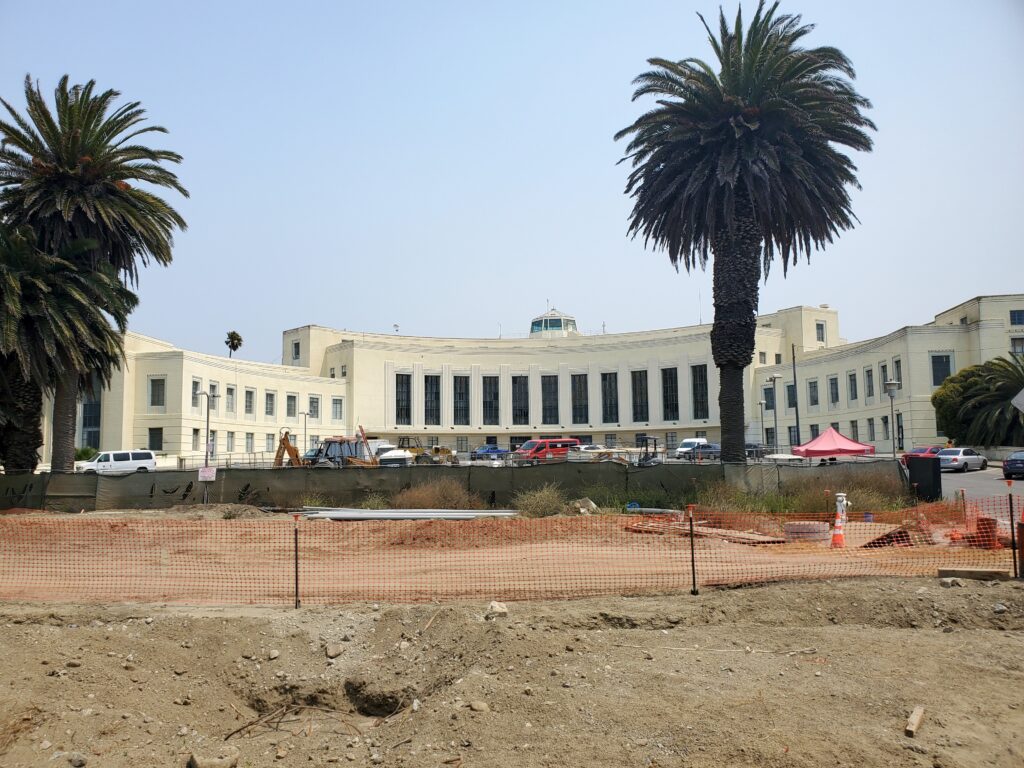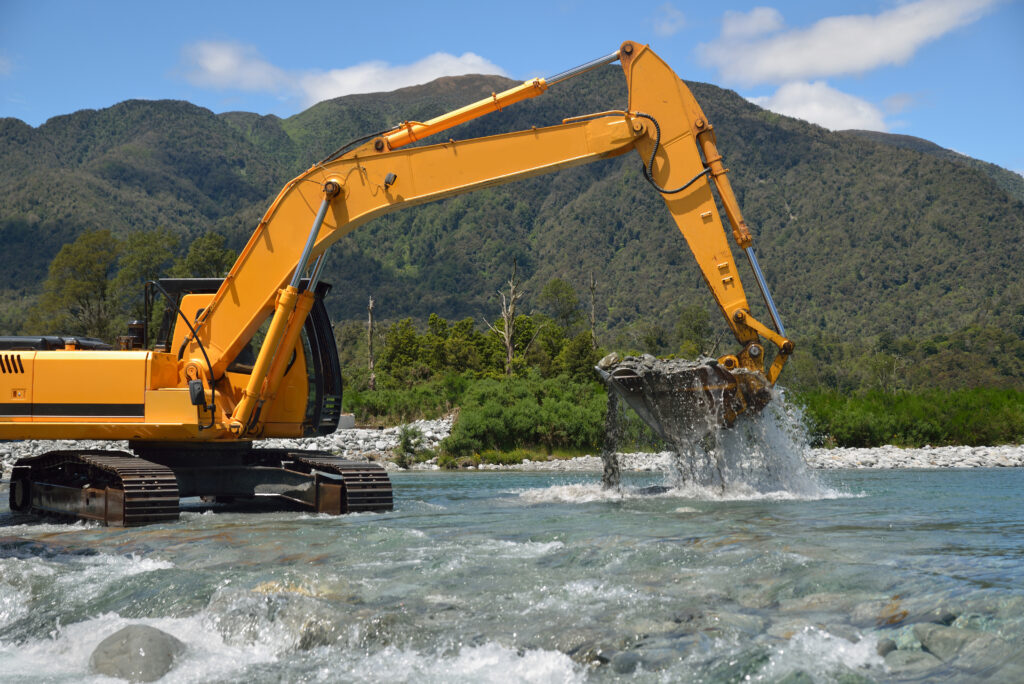As the prime contractor, Adanta developed an Environmental Assessment to analyze the potential impacts of construction and operation of a Combat Aircraft Loading Area (CALA) at Naval Auxiliary Landing Field (NALF), San Clemente Island (SCI), California. The CALA would cover approximately five acres and consist of three loading areas and a contiguous taxiway located adjacent to the main NALF SCI airfield. The CALA would support aircraft ordnance loading and off- loading operations and would improve operational efficiencies by reducing transit time for aircraft and crew members and improve safety by reducing foreign object debris hazards and improving emergency response times. Major issues included impacts to the federally threatened subspecies of bird, the San Clemente Bell’s sparrow (Amphispiza belli clementeae) and nesting migratory birds resulting from the removal of native habitat and impacts from helicopter noise and rotorwash. Adanta assisted the Base Biologist to develop a BA to analyze the potential impacts of the proposed construction and operation of the CALA. Adanta assisted with ESA Section 7 Consultation resulting in agency concurrence in USFWS’s Biological Opinion. Adanta also conducted jurisdictional wetland delineation and provided a report to the USACE and assisted in the consultation process to receive a Jurisdictional Determination. The EA was completed and the FONSI was signed within a 1-year period.
Environmental Studies and Investigations: Adanta conducted a wetland delineation to determine if the project would impact jurisdictional waters of the U.S. Adanta also conducted a coastal zone impact analysis in consultation with the California Coastal Commission (CCC) receiving concurrence from the CCC for a Coastal Consistency Negative Determination.
National Environmental Policy Act (NEPA) Studies: Adanta developed an EA from project kickoff to FONSI signature in a one-year period. The EA addressed the following NEPA resource areas: Air Quality, Biological, Coastal and Water Resources, Geology and Soils, Hazardous Waste. Adanta was instrumental in helping the Navy develop Action Alternatives during the Description of Proposed Action and Alternatives (DOPAA) phase.
Natural Resources Studies: Adanta assisted the Navy to develop a BA and provided support during the ESA Section 7 formal consultation with the USFWS Ventura, CA Field Office.
Pollution Prevention: Adanta developed BMPs to prevent pollution, including turbidity resulting from erosion of the steep cliffs below the proposed CALA location, from entering the Pacific Ocean.
Geographical Information System Support: Hand-held GPS units were used to collect points, lines and polygons within the project area. These and other data were used to create numerous GIS maps in the EA and BA. GIS was used extensively to calculated area and distances need for the species and habitat impact analysis which changed several times due to design changes.
Environmental Training: Adanta provided sensitive species natural history training to all field personnel.







